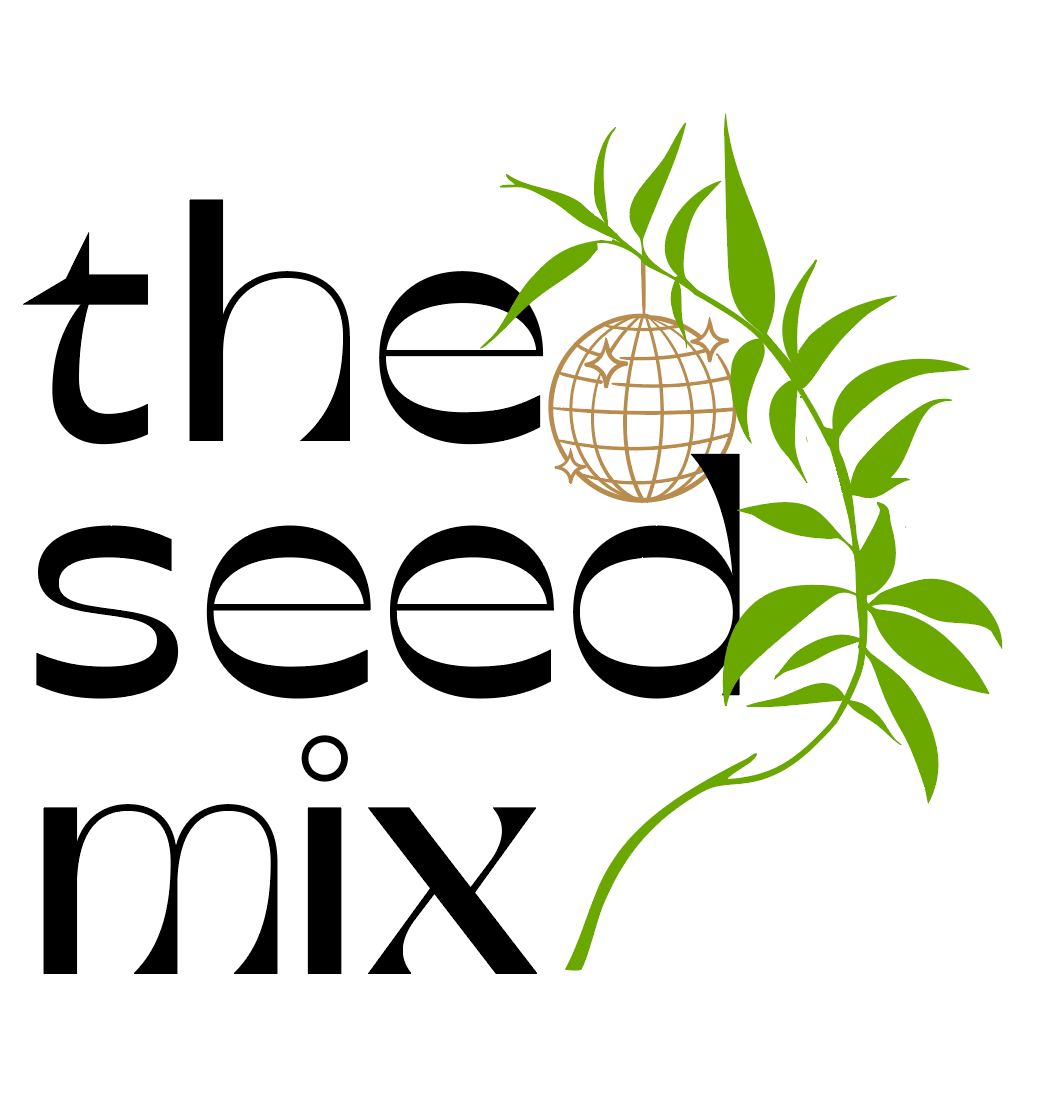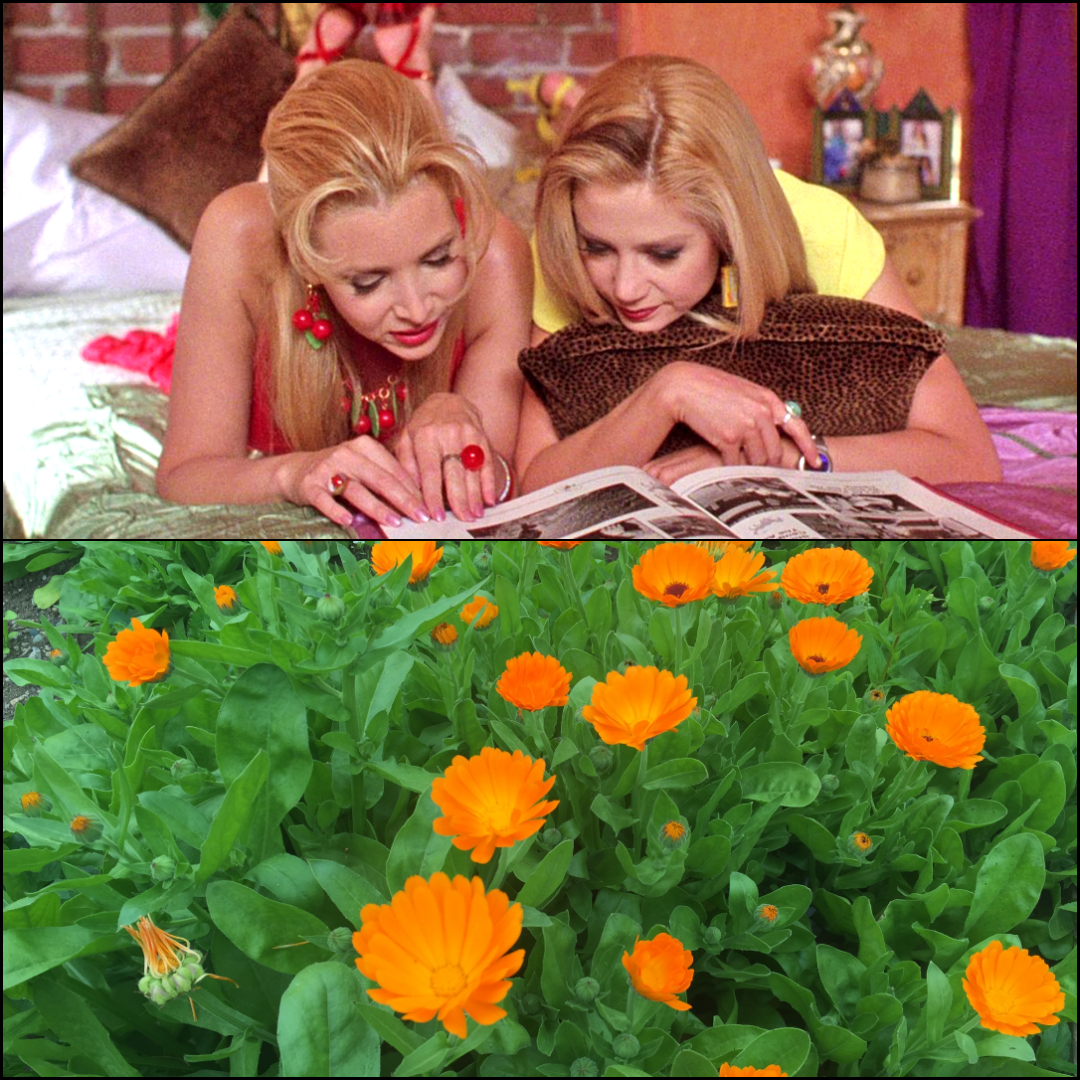Female friendship wasn’t a go-to topic for 90s teen movies. The spectrum mostly ran from Dork and Hottie get together (see: She’s All That, 10 Things I Hate About You, Can’t Hardly Wait, Never Been Kissed) to Cool Kids Learn Big Lessons (see: Cruel Intentions, Clueless, Pleasantville). Now & Then is an exception, and The Craft is a different thing all together, but by and large, these movies focused on the windy-but-ultimately-predictable pursuit of straight relationships. (But I’m a Cheerleader is also an outlier, but I digress.)
Which is why Romy & Michele’s High School Reunion was so refreshing when it debuted in 1997. Two best friends. Men aren’t (really) the endgame. And even when Alan Cumming’s Sandy Frink wants to dance with Michele (Lisa Kudrow) in that classic scene, she agrees only if Romy (Mira Sorvino) joins her.
Their bond is simple, straightforward and breezy. They are confident single women and roommates. Jobs and men don’t define them. They wear whatever they want, perform choreographed dances at clubs and are the ultimate hype girls.
“I just love how cute I look!”
“You know what? I think this is like, the cutest we’ve ever looked.”
“Oh, it’s definitely the cutest.
“Don’t you love how we can just say that to each other, and know we’re not being conceited?”
“Oh, I know, no, we’re just being honest.”
When it came out in theaters, it made barely a dent at the box office—about $7 million—but over the past two decades, it’s been finally recognized for the cinematic gem that it is. It’s also a different kind of 90s teen movie. Romy and Michele aren’t the coolest kids at Sagebrush High—oh, that tragic scene of the magnets on Michele’s back brace—but they’re also not the dorkiest. They’re somewhere in the middle, with their own judgments and superiority complexes and dismissal of the dorks. It's a social stratum many of us can relate to.
But a serious breakdown of the high school caste system this is not. It’s a funny, lighthearted, absurd comedy that feels like medicine every time I watch it. So much of that sunshine comes from what we literally see on screen. As costumer designer Mona May—who also costumed Clueless—said in this fantastic oral history of the movie: “Movies like Clueless and Romy and Michele came at a cyclical moment in fashion when girls wanted to dress girly again. Grunge was dying and audiences were getting tired of baggy clothes, so Romy and Michele was like a guide on how to express yourself with color.”
Both characters wear their technicolor wardrobe with confidence. To them, there is nothing lesser-than about their lives. No boyfriend, no job? No problem. That is, until the prospect of attending their high school reunion shakes them to their core. It shakes their fashion sense, too.
To be taken seriously, they wear black.

To be taken more seriously:
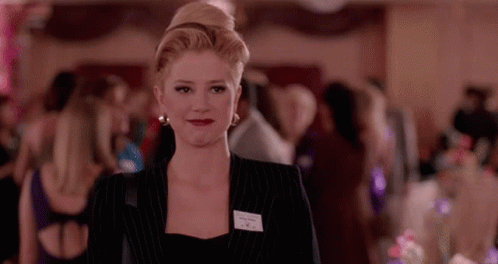
(Fun fact: Back in my entertainment reporter days, I got to interview both Lisa Kudrow and Mira Sorvino about the movie for Entertainment Weekly, and it was the shoot with those iconic dresses made out of Post-Its.)
I’ll spare you the subsequent plot details—you’ll have to watch the dizzying middle sequence for yourself—but of course this being the 90s, there’s a moral to the end of this story. But unlike other teen movies of this era where the dork and hottie inexplicably end up together or the cool kid ends up with her ex-step-brother (wait, what?), in this story, Romy and Michele go back to being exactly who they were. Their colorful wardrobe comes back, and their sunny, optimistic outlook even wins over chain-smoking Heather Mooney (Janeane Garafalo). A little.
There’s a reason this movie has gone from cult classic to crowd favorite—a sequel is in the works now—and I think it has everything to do with where we are as a society (*waves arms wildly everywhere*). So. Much. Darkness. We need levity and laughter. We need joy. We need to mainline some sunshine.
We need calendula, the sun-loving flowering perennial that’s fairly easy to grow from seed. It enjoys low to moderate water but has surprised me with blooms even when I've neglected her. It’s a great beginner plant, just find a spot where it can catch those rays. In my very hot Southern California climate, where the afternoon sun is a bit unbearable this time of the year, afternoon shade isn’t the worst thing for it.
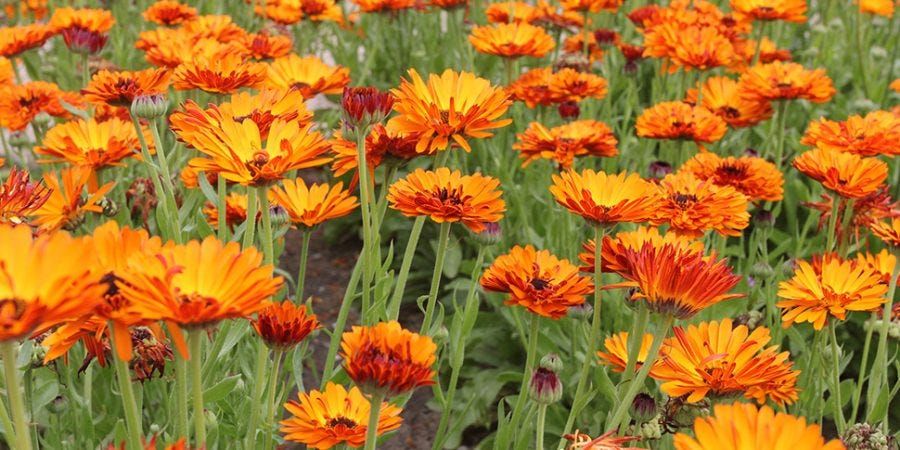
In terms of plant energetics, calendula embodies sun-like qualities, particularly its bright orange and yellow flowers, which mean it’s chock full of carotenoids, pigments that have antioxidant, antimicrobial and anti-inflammatory properties. Those petals stretch and sunbathe during the day and close slightly at night or on overcast days. Dancing queens.
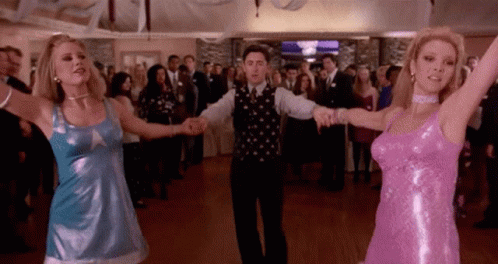
You’ve likely seen some version of calendula—there are many hybrid varieties—but if it’s the medicine you’re after, you’ll want Calendula officinialis. The magic is in the whole flower head, calyx included. Easily plucked by hand (in the afternoon after the morning dew has dried), they should feel sticky and resinous. That’s the good stuff. And don’t be too precious about it; the more you pick, the more blooms will, appear. More is more.
As Alex Crofoot says in this podcast episode about calendula, “It’s one of those plants that people think is really common and it’s really simple, but…it’s a really multidimensional plant.”
Calendula is most often used for healing skin externally—a relief for scratches, abrasions, diaper rash and dry, itchy skin. I always first wash the area in question with soap and water, but then a little calendula, in the form of an oil, salve, cream or infusion (a.k.a. tea) can cool and soothe. That’s why it’s used in a lot of plant-based skincare. When I woke up to puffy rashes under my eyes one recent morning c/o a new face cream, I dabbed a few drops of calendula- and chamomile-infused oil. By the afternoon, the swelling went down. The next day, nearly gone.
The way it heals irritated skin on the outside, calendula can help do the same for our gut. Whether it’s IBS, leaky gut, stagnant digestion or other GI distress, calendula helps soothe those tissues. It’s also used to help detoxify a stressed-out liver.
Calendula self-seeds and pops up across yard, which feels like a metaphor for calendula’s other big job: a powerful lymphatic, meaning it helps move lymph in our body.
Cue: Very rudimentary explainer on the lymphatic system.
- Lymph is made up of proteins, fats, immune cells and extra fluid that need our assistance to keep moving (our cardiovascular system—the other system in our body that helps move fluid, cells, nutrients and waste—has our heart to help take care of that flow).
- The lymphatic system is so important because not only does it transport nutrients where they need to go. It also helps move waste out of our bodies, which means it plays a meaningful role in our immunity.
- If you want to better understand how our lymphatic system rolls, I love this video from the Children’s Hospital Colorado.)
When we feel some lymphatic stagnation—sluggish, fatigued, mentally foggy, get sick a lot, wounds heal very slowly—calendula as a tea or extract/tincture can keep things flowing.
How To: Calendula Sun Tea
One of my favorite, easiest, quickest ways to enjoy calendula is as a sun tea.
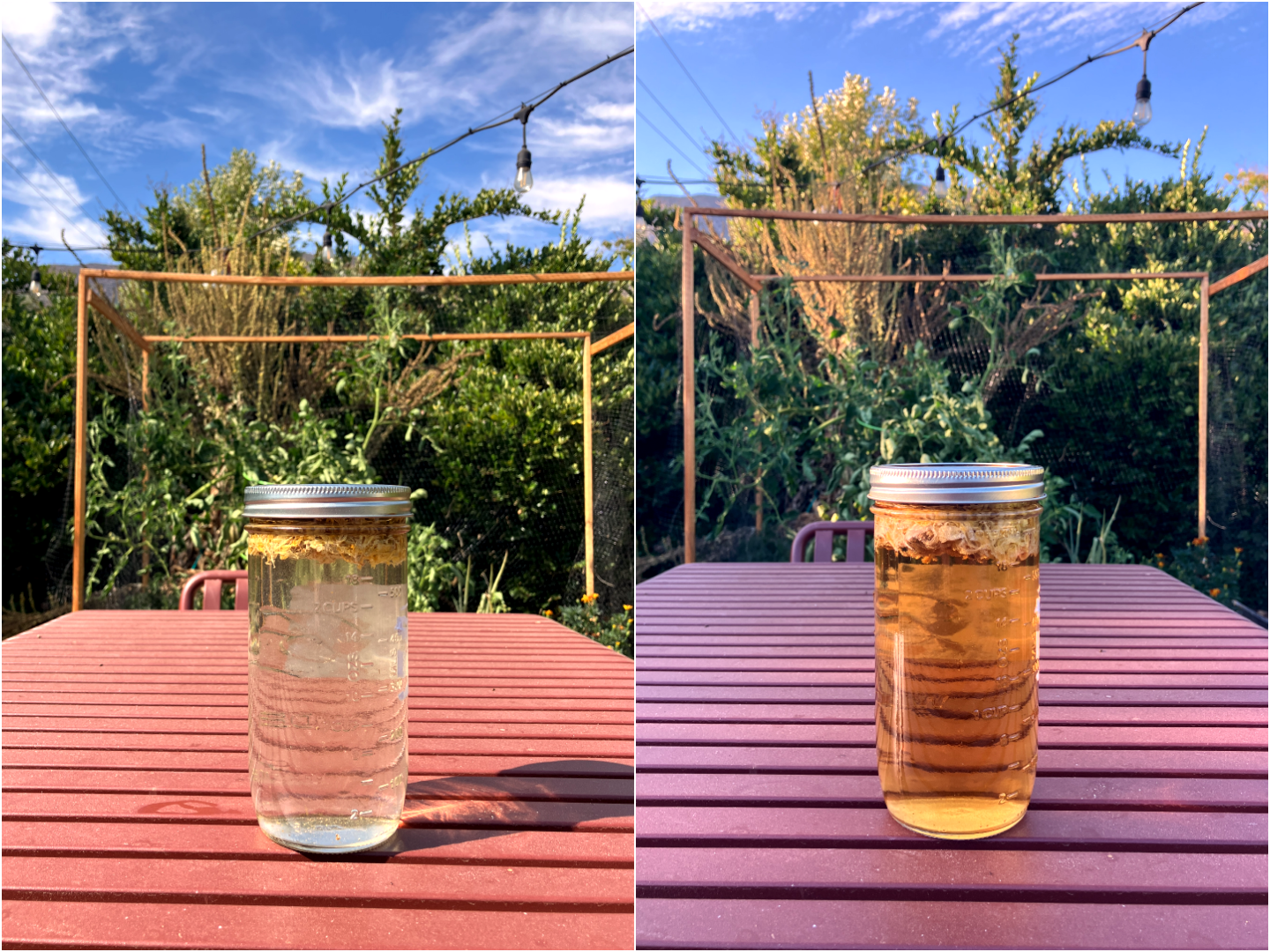
Ingredients
- 4-6 tablespoons of dried calendula
- Water
Directions: Fill a quart jar with the dried calendula and water. Cover and let infuse in the sun for 2-4 hours. Strain, drink, drink up the sunshine. It’s a little bitter, a little floral, but not overwhelmingly so.
Thanks for reading The Seed Mix. Subscribe for free to receive new posts and support my plant-pop culture passion project.
